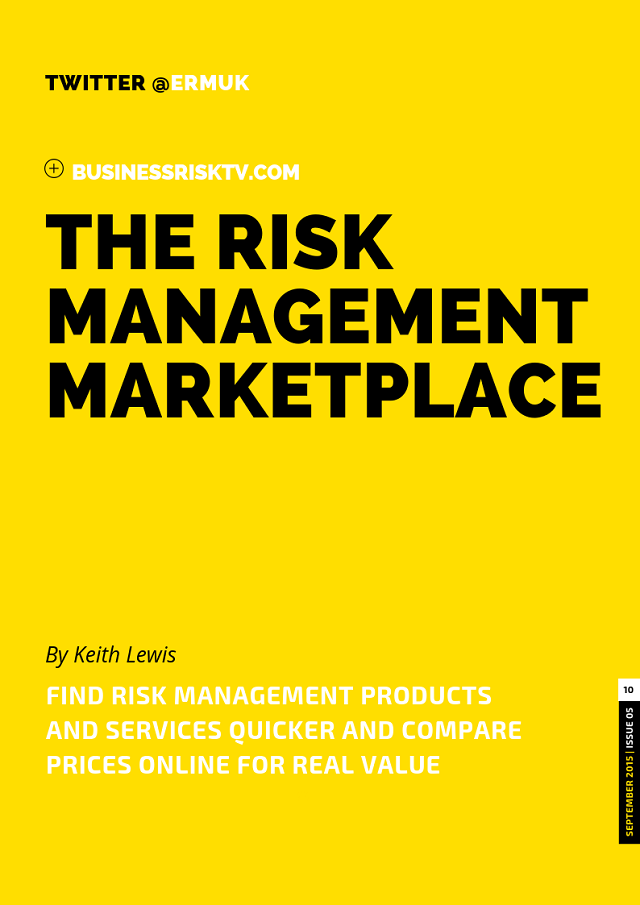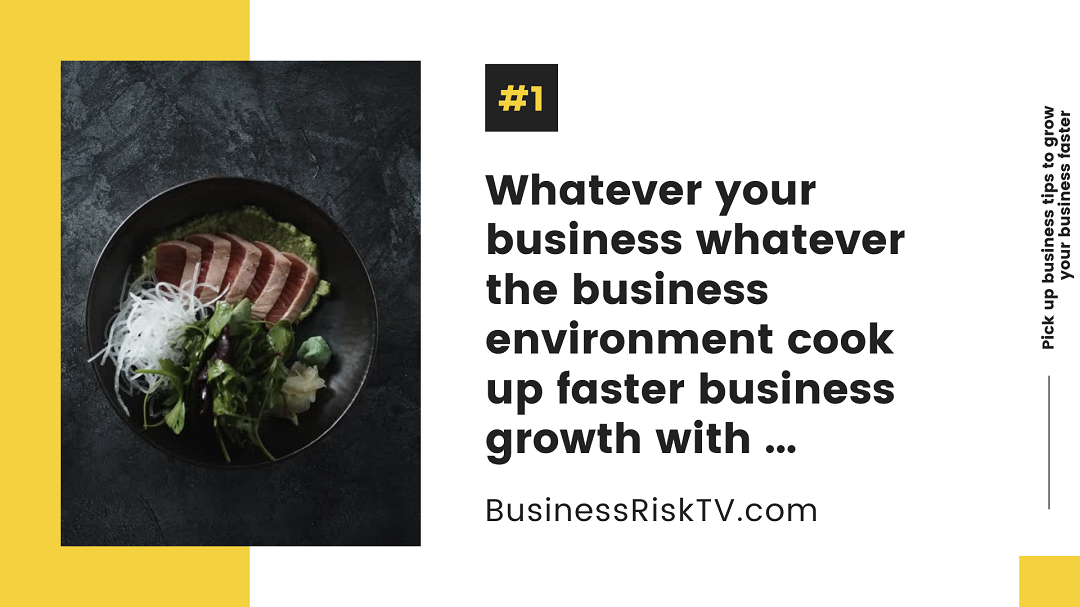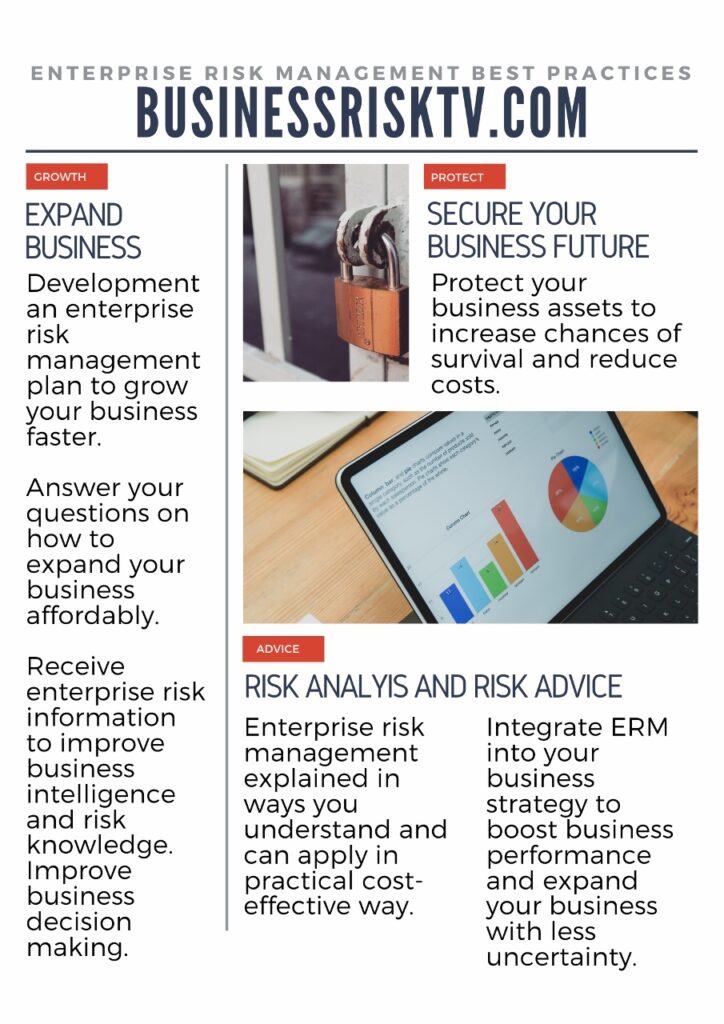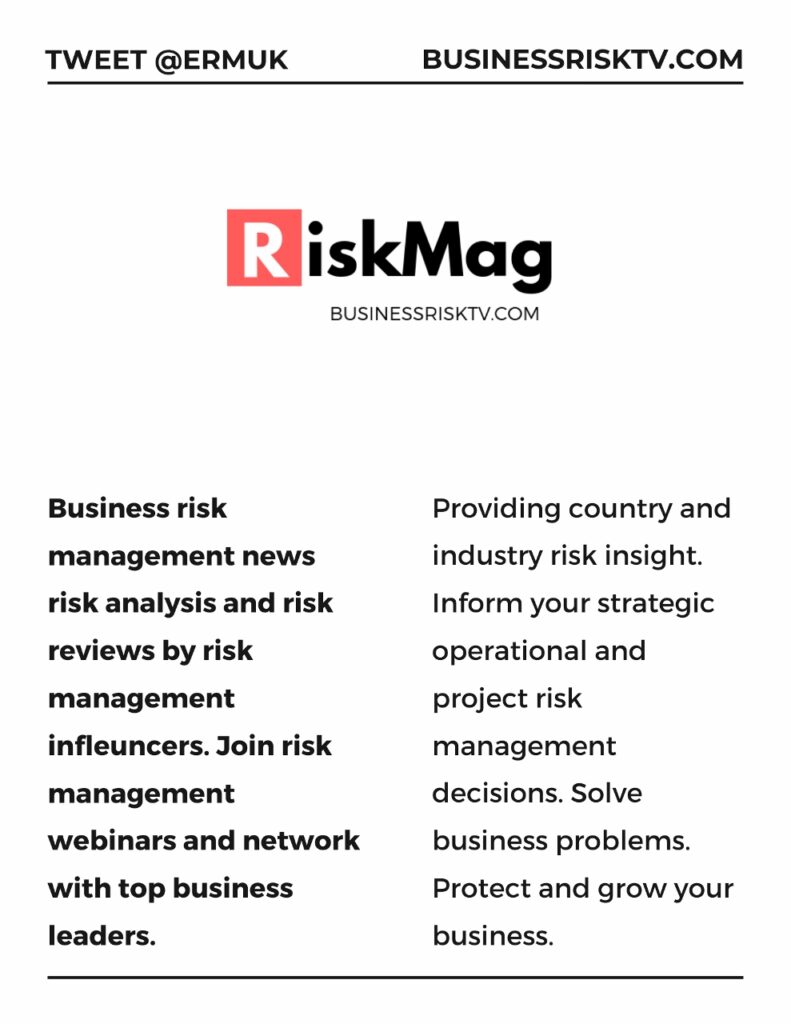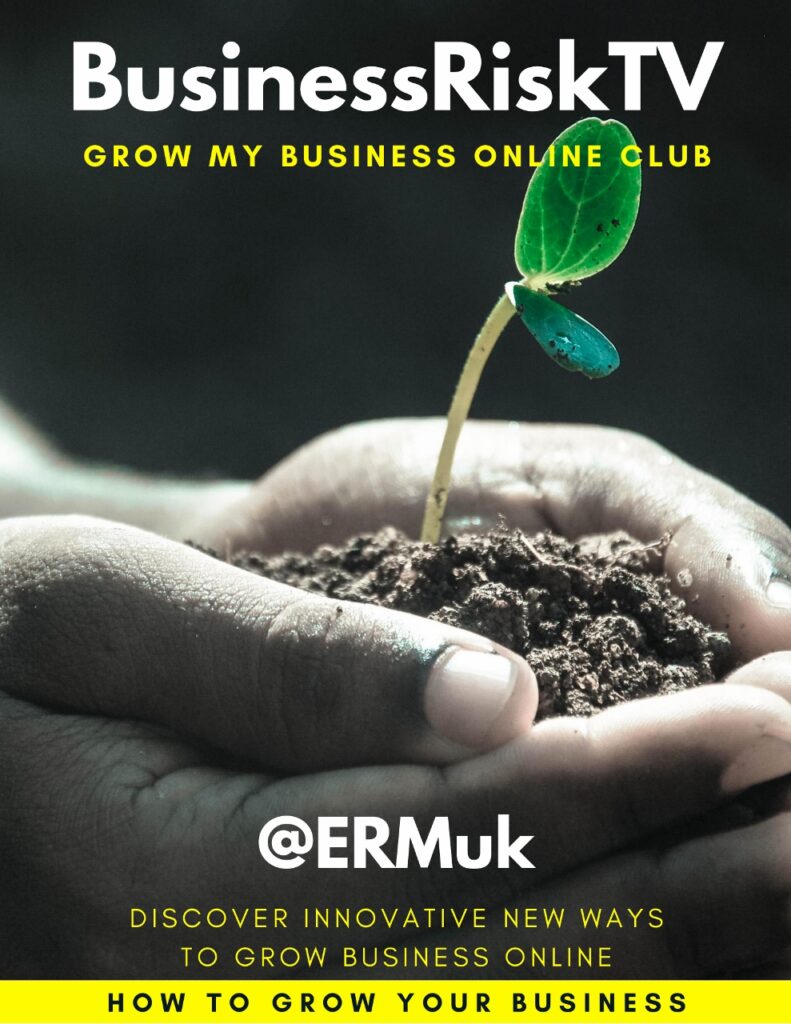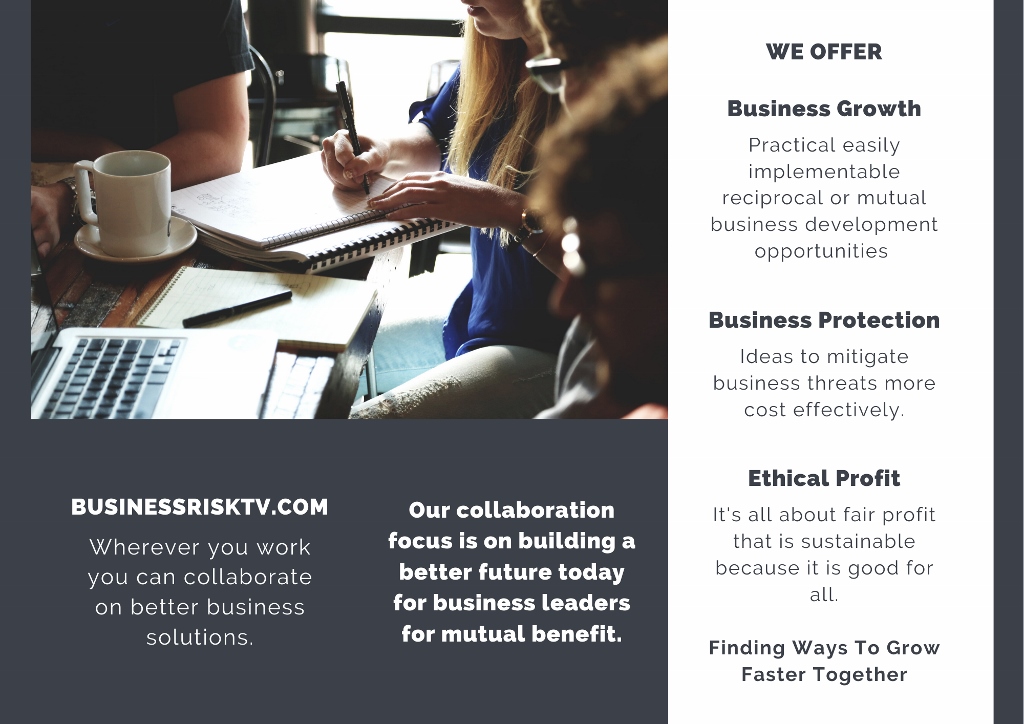Mastering Business Risks: A Comprehensive Guide to Dominating Your Marketplace
By Keith Lewis
Published by BusinessRiskTV.com

Table of Contents
- Introduction: Why Understanding Real Risks is the Key to Business Success
- The Problem: Why UK Business Leaders Struggle with Risk Management
- The Consequences of Ignoring Real Business Risks
- Internal vs. External Risks: What’s Really Threatening Your Business?
- Overcoming Fear of Failure — and Success
- Why Settling for the Status Quo is the Biggest Risk of All
- How to Identify the Real Risks to Your Business Survival and Growth
- Assessing Risks: Tools and Strategies for Better Decision-Making
- Controlling Risks: Turning Threats into Opportunities
- The Role of Innovation in Reducing Risk and Accelerating Growth
- Expanding Sales More Profitably in the UK Market
- The Power of Networking: Leveraging BusinessRiskTV.com’s Business Experts Hub
- Connecting Buyers and Sellers More Effectively Online
- Case Studies: Businesses That Mastered Risk and Dominated Their Markets
- Action Plan: Stop Waiting, Start Executing
- Conclusion: Elevate Your Business Above Uncertainty
—
Introduction: Why Understanding Real Risks is the Key to Business Success
In today’s volatile business environment, only those who truly understand the real risks will manage them better. Many business leaders in the UK are operating with blind spots—unaware of the threats that could derail their growth or the opportunities they’re missing.
This book is not just about risk avoidance; it’s about risk mastery. It’s about preparing for the most valuable opportunities and dominating your marketplace. You already have what it takes to be greater than you’ve been so far — but you must overcome fear, stop waiting, and act now.
Whether you’re afraid of failure — or even success — this guide will help you break through barriers, identify the real risks, and turn them into advantages.
—
The Problem: Why UK Business Leaders Struggle with Risk Management
Many UK business leaders:
- Lack deep knowledge of the risks affecting their industry.
- Don’t know which risks to take to grow faster.
- Don’t have the right experts to help them assess and control risks.
- Underestimate internal risks (like leadership gaps or cash flow issues).
- Overestimate external risks (like economic downturns or competition).
This knowledge gap leads to missed opportunities, slower growth, and unnecessary vulnerabilities.
—
Expanding the Problem: The Need for Innovation and Profitable Growth
Why should UK business leaders innovate? Because standing still is riskier than evolving. Companies that fail to adapt:
- Lose market share to competitors.
- Become irrelevant in changing industries.
- Miss profitable expansion opportunities.
The solution? Strategic risk-taking. This book will show you how to expand sales more profitably by focusing on high-reward, low-risk strategies.
—
The Risk Management Solutions with BusinessRiskTV.com
You don’t have to navigate risks alone. BusinessRiskTV.com offers:
✅ Business Experts Hub – Network with risk management professionals.
✅ Risk Assessment Tools – Make smarter decisions.
✅ Online Marketplace – Connect buyers and sellers more cost-effectively.
By leveraging these resources, you can gain clarity, reduce uncertainty, and seize opportunities faster.
—
Stop Waiting—Act Now!
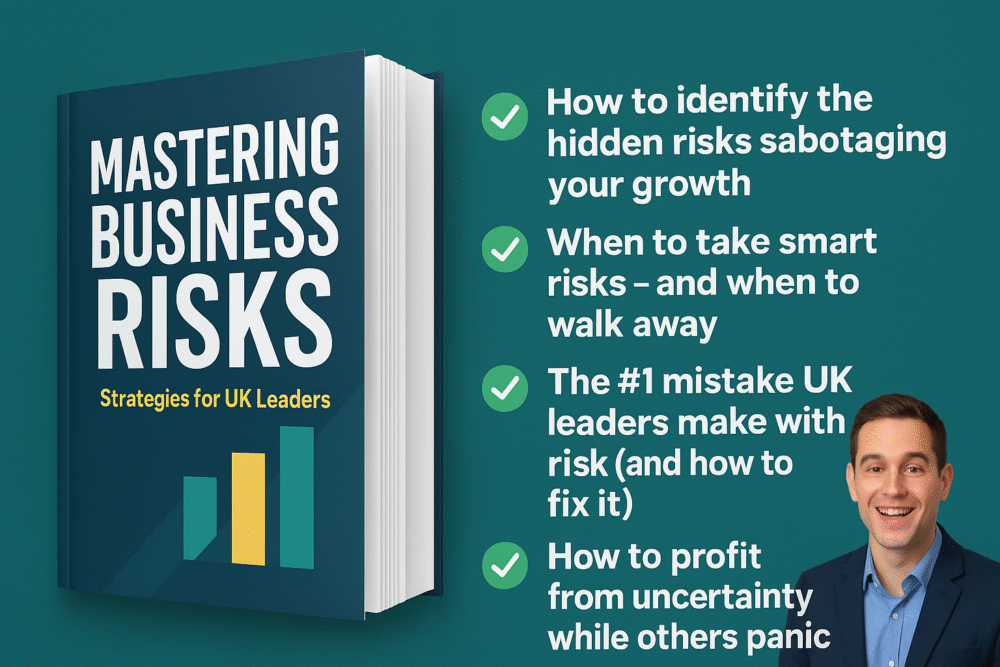
This ebook provides a step-by-step roadmap to:
✔ Identify and assess your biggest risks.
✔ Innovate with confidence.
✔ Grow sales profitably.
✔ Dominate your market.
The time for hesitation is over. Master your risks, elevate your business, and leave competitors behind.
—
Get Your Copy Today and Start Dominating Your Marketplace!
Available now on BusinessRiskTV.com

—
Get help to protect and grow your business faster with BusinessRiskTV
Find out more about Business Risks Management Club Membership
Subscribe for free Business risk management tips risk reviews and cost cutting ideas
Connect with us for free business risk management tips
Read more business risk management articles and view videos for free
Connect with us for free business risk management articles and videos
Read and view more:
- “How to identify and control business risks in the UK”
- “Best ways to grow a business faster with less risk UK”
- “Business risk management experts UK advice”
- “How to increase sales profitably in the UK market”
- “Overcoming fear of business failure and success UK”
- “Where to find business risk management help in the UK”
#UKBusinessGrowth #RiskManagementUK #BusinessSuccessUK #EntrepreneurMindsetUK #ProfitWithLessRisk #DominateYourMarket
Mastering Business Risks



















